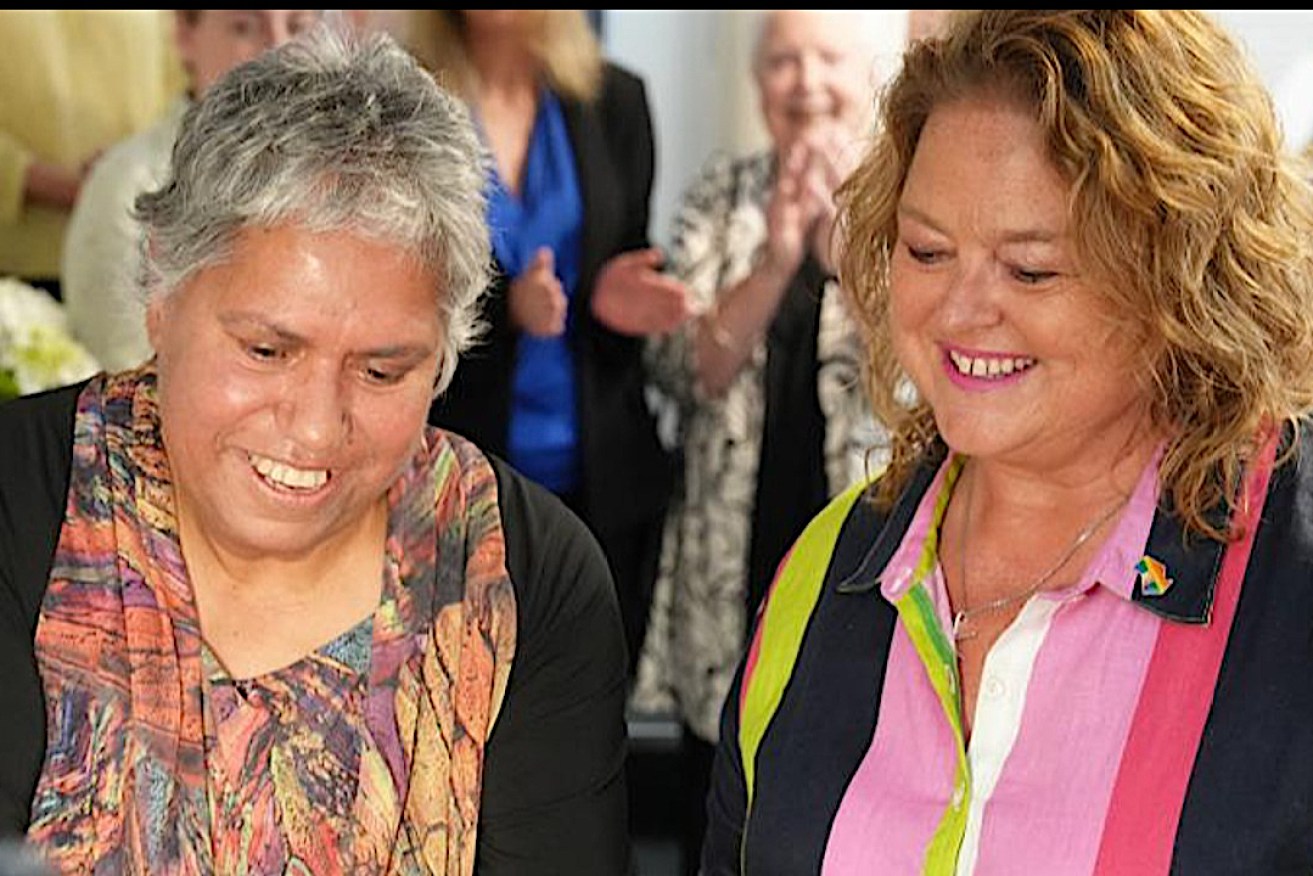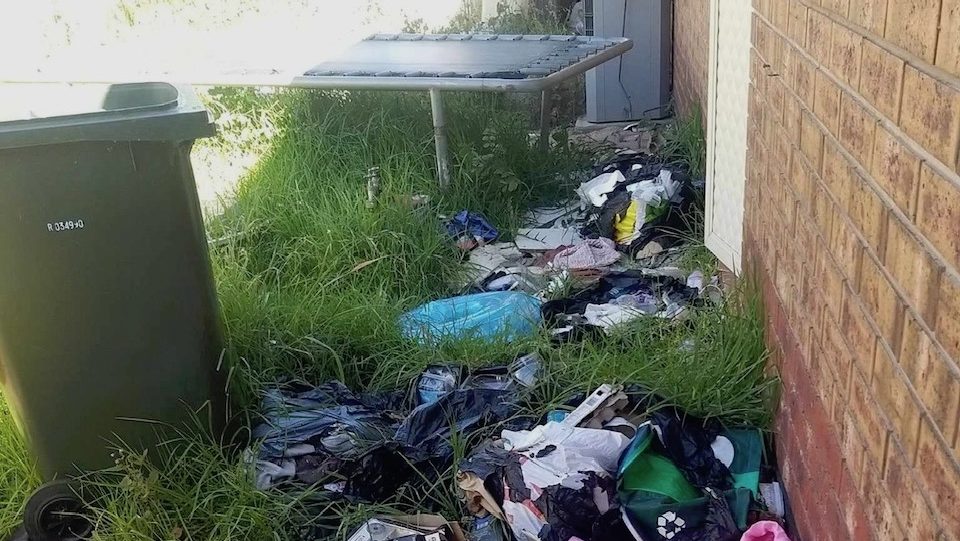Waiting lists soar as Cook works to shift ‘housing crisis’ dial
Some 16,000 South Australians are on the public housing waiting list, with about 3,000 homeless or living in insecure accommodation. In the midst of a housing crisis, Human Service Minister Nat Cook is intent on building new stock for the first time in 32 years.


Human Services Minister Nat Cook at the recent launch of social housing in the city. Photo: supplied
In a government office high above the Adelaide CBD, Nat Cook is relaying a potted history of the state’s public housing.
She tells of first homes built in 1936 to cater for a booming post-war population, and the state’s Housing Trust creating suburbs like Elizabeth in the north to feed workers into thriving business hubs such as the Holden car factory.
When Holden and Mitsubishi in the southern suburbs shut down, many tenants lost their jobs and Housing Trust rents driving new affordable housing builds “fell off a cliff”.
Cook says that apart from six houses slightly boosting the list in 2014, there have been no additional numbers added to the total social housing stock in the past 32 years.
Not a great statistic as the state faces the building industry carnage wreaked by the COVID pandemic.
The pandemic has led to a shortage in tradies, a building industry dealing with rapidly rising material and construction costs, climbing interest rates, soaring house prices, and increasing numbers of homeless South Australians.
Cook took on the Human Services role in March last year as headlines told of rising numbers of South Australians unable to buy or rent homes, many facing homelessness and in desperate need of help.
We could see there was an absolutely terrifying lack of rentals… almost the lowest availability in history at one per cent.
But Cook has a plan she believes will tackle growing demand for more affordable housing and deliver the first significant addition to public housing in decades.
At its core is a commitment to spending an extra $232.7 million on public housing from 2022 to 2026 that will include 564 new homes – and new schemes to deliver more affordable housing and improve the rental squeeze.
Treasurer Stephen Mullighan delivered a health and housing State Budget in June, telling of plans to open up tracts of land in Adelaide’s north and the south for housing.
Stamp duty was abolished for some new homeowner builds, another 700 new affordable homes were promised through Renewal SA and $3.5 million over five years to fund an office within Renewal SA to address housing shortages in regional SA.
There is also a requirement that 15 per cent of significant new developments will be reserved for affordable housing – an “affordable” sale price set at $417,000 with 15 per cent wriggle room for those offering conditions like being close to public transport.
Cook says new maintenance projects on public housing homes are part of the social housing side of the plan.
She says the government identified more than 2000 vacant homes that were not allocated to tenants because they were not up to standard.
“The average home is around 50 years old for our stock, what that means is they are not fit for purpose now for modern living, they’re not accessible, they are cold, they are draughty, some of our homes have challenging problems with maintenance,” Cook says.
Funds are now allocated to bring 350 vacant homes up to standard – some empty for several years – along with for 3,000 small maintenance jobs for other homes. Planned sales of 580 public housing properties also have been halted.
“We are well underway and we are well on track with that. However, as you would know, a big animal like this, a business, is like a Mack truck, and you just have to put the brakes on a little bit and slow it down gradually,” Cook told State Parliament earlier this year.
To stick with the analogy, there are clearly many potholes Cook will have to avoid along the way.
The Opposition continues to push for faster change, just a few weeks ago drawing attention to a Housing SA property in Campbelltown and then another, trashed in Adelaide’s north-eastern suburbs “for at least six months”, at a time when thousands need homes.
Opposition Social and Community Housing spokesperson Michelle Lensink told how “the state of this property is a huge kick in the guts” to those struggling to secure a roof over their heads.
“With South Australians falling into homelessness in record numbers, we simply can’t stand back and tolerate properties like this being treated like trash,” Lensink said.

One of the homes littered with rubbish. Photo: supplied
Increasing numbers of those being made homeless are women, and harrowing stories of families living in cars and caravan parks have emerged.
But Cook is keeping in her lane.
She points to the home builder scheme launched federally during COVID to keep the construction industry and economy strong that targeted those who already owned or could afford a new home – and inadvertently created a surge in construction demand and costs.
“We’ve seen over the last few years, literally thousands of homes get started and take so long to finish, putting enormous pressure on the system that wasn’t prepared for it,” Cook says, adding that it made it difficult to push forward with affordable or social housing builds.
“(But) now we are at a point in that homebuilder process where that will come to an end.”
Cook knows it’s a tough road ahead, but she has faith in the plan that also includes taking pressure off the system by tackling home affordability.
And she is reassured that the federal government is in step. Its $2 billion fund for social and affordable housing delivers a $135.8 million slice for SA to be committed by mid 2025.
The funds are expected to support hundreds of extra public and community housing properties, and another new Housing Australia Future Fund of $10 billion is expected to deliver another 2000 social and affordable homes for the state.
Among the SA projects identified under the state government’s “A Better Housing Future” plan are:
- Noarlunga Downs (Goldsmith Dr) – 20 affordable rentals and 80 social houses as part of 600 new homes including more than 15 per cent affordable;
- Franklin Street – nearly half of more than 130 social and affordable homes;
- Bowden (Second St) – targeting 60 new affordable homes including a minimum 36 affordable rental apartments;
- Bowden (Third St) – minimum 60 new affordable rental apartments;
- Prospect (Churchill Rd) – minimum 72 new affordable rental apartments across two residential buildings;
- Playford Alive (Newton Blvd) – 25 affordable rentals as part of 161 new affordable homes.
Cook knows it’s a long road ahead, but she is acutely aware that the housing crisis must be addressed to halt the growing gap between the state’s haves and have nots.
“Without a doubt, there’s generational inequality and generational poverty that’s an absolute challenge,” she says.
“There’s an absolute awareness that at some point we have to shift the dial. If you don’t invest in new homes, you are not going to create change.”




